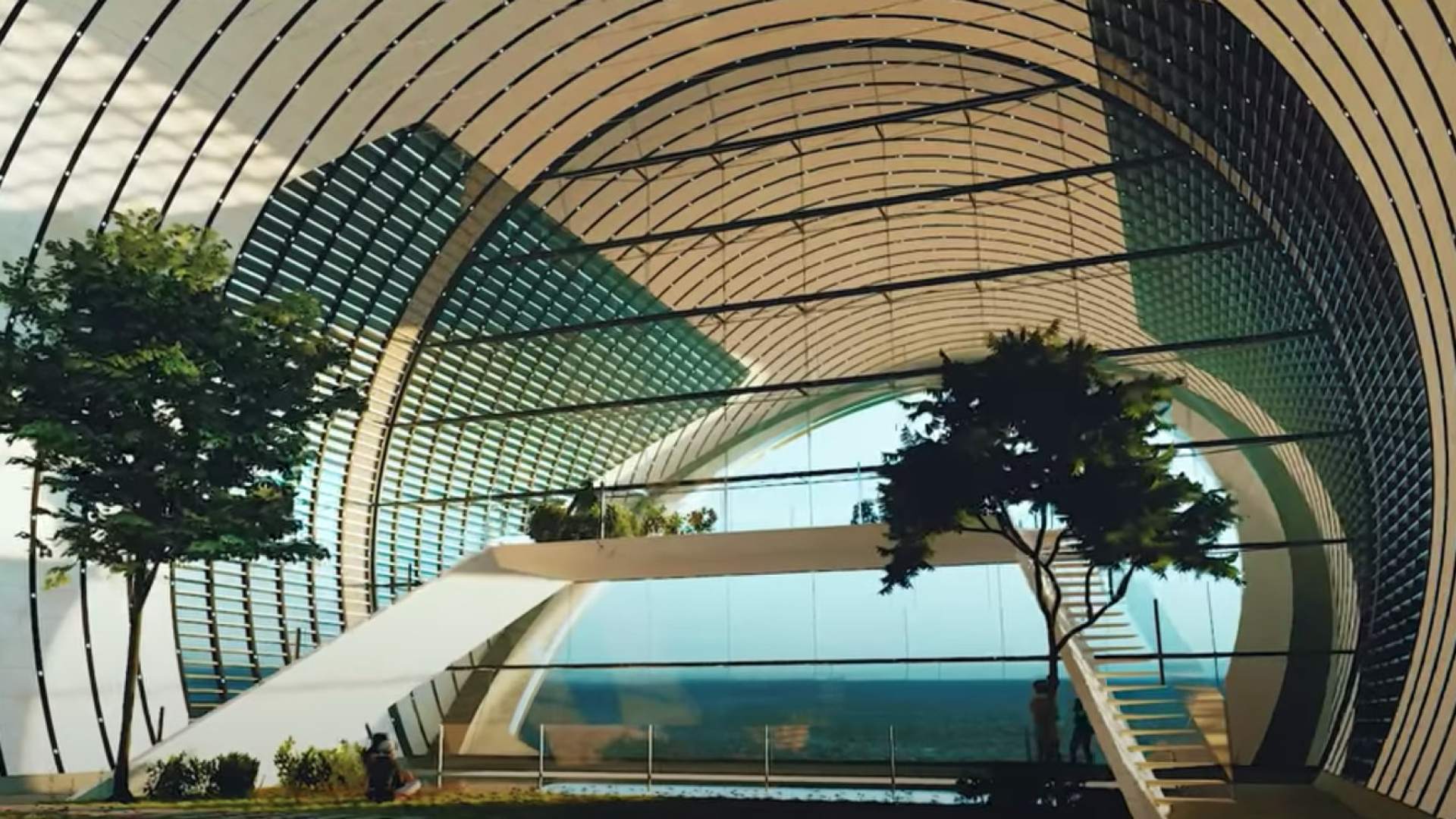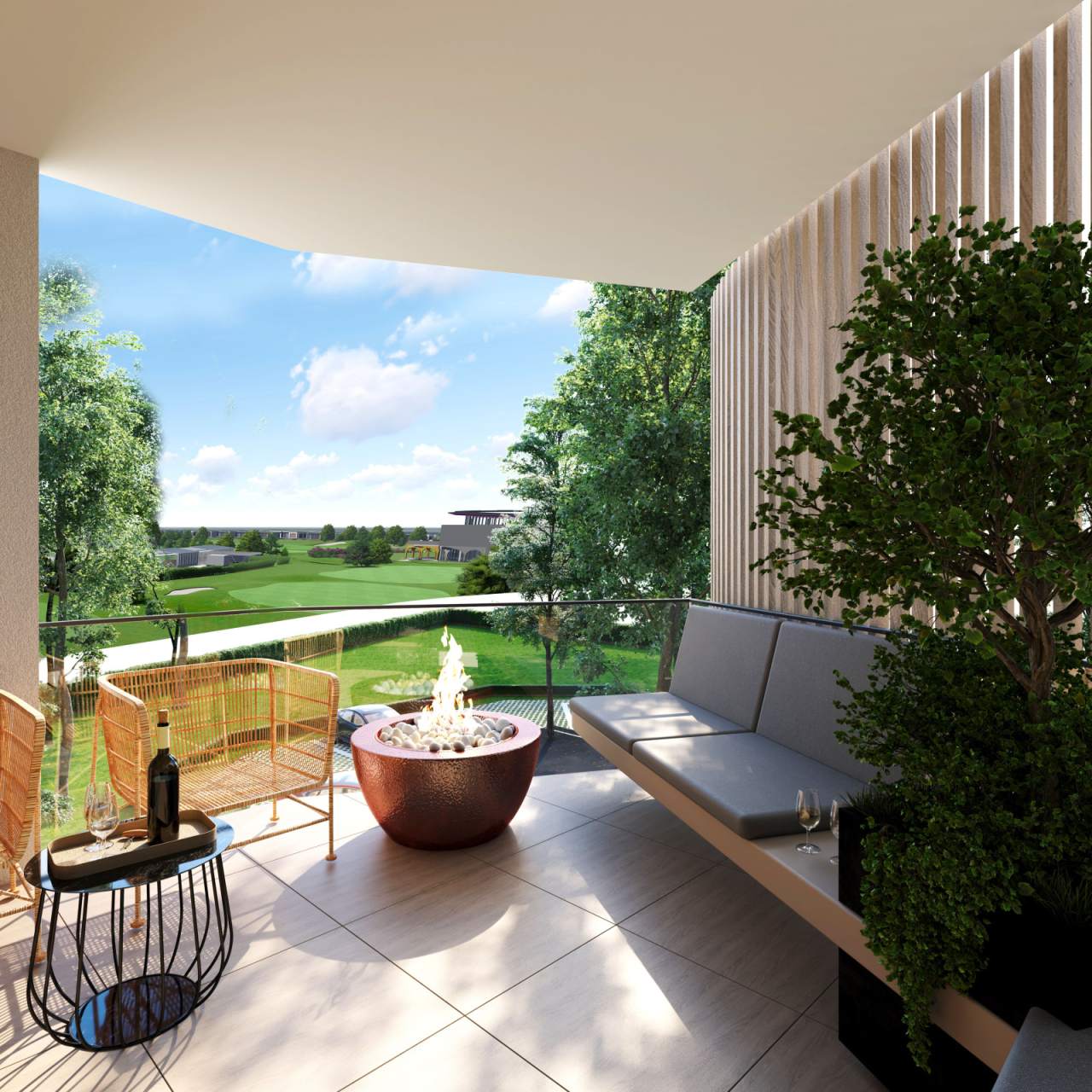
(Sustainable) life on Mars – a near future
Life on Mars has been and is a long-discussed topic. But it is no longer a potential distant reality, as it used to be. And that's because an international team of scientists – SONet, together with the architecture, design, and urbanism company ABIBOO Studio, has designed a project that aims to develop a self-sufficient and sustainable place on the Red Planet, where people could soon start a new life.
The urban solution would include five settlements, with a total hosting potential of about 1 million people. The capital is Nüwa, a vertical, self-sufficient city (which develops its own resources – food, building materials, energy, transport), with easy access to water and built under the shelter of a rock, to protect the inhabitants from atmospheric pressure, radiation, and meteorites. The name of the Capital, where around 250,000 people could live, is inspired by Chinese mythology, Nüwa being the goddess who created people.
The architecture company estimates that construction could begin in 2054 and that the first community would move around 2100. Once every two years, for a few weeks, Mars gets as close as possible to Earth, so the shortest journey between Earth and the Martian city would take six months. In the first stage, the settlers could support themselves with supplies brought from home, but later their livelihood would be based on locally developed resources.
Oxygen, but also 90% of food, would be produced from plants grown there, the energy being provided by solar panels. As construction materials, those from ABIBOO Studio plan to use steel, also produced locally.
People will carry out their daily activity in the "macro-buildings" dug and arranged inside the rock, connected by a three-dimensional network of tunnels. Along with these, two types of "Green Domes" are designed – artificially created green spaces, having either recreational purpose – serving as parks, or agricultural, to cultivate experimental vegetation in the Martian atmosphere.
In their free time, residents can play sports or participate in social activities (such as craft workshops), in the common areas at the foot of the cliff, inside translucent pavilions overlooking the surrounding Martian landscapes. Several facilities such as hospitals, schools, universities, and shopping malls are also arranged here. Animal farms will operate nearby. Most likely, pigs, chickens, and fish will be raised on these farms, but they will be only a small part of the colonists' diet, based largely on microalgae. The project also includes a shelter for emergencies.
At the highest point of the rock lies Mesa – a vast plain where the infrastructure dedicated to food production and energy generation is located. Agricultural and energy production facilities require direct access to solar radiation but do not need a shield against them, as access will only be allowed to maintenance personnel. Cultivation of crops will produce both food and water, as well as certain bacteria needed in waste processing.
The transport will be done either with the help of high-speed elevators or by electric means (buses and light trains) located at the base and the upper level of the building. It will also run between the five cities with the help of similar solutions.
To travel between Earth and Mars, the organization of a regular shuttle is considered, with departures every 26 months. For settlers, a relocation would cost about $ 300,000, which includes travel, a capsule of about 25-35 square meters that will serve as housing, full access to common facilities, support for the procurement of resources, and a mandatory work contract, which provides for the allocation of 60-80% of working time to tasks assigned to the development and smooth running of the city.
However, the developers of the project still have several issues to deal with, such as the gravity challenge, which is only one-third of the gravity on Earth.
Data for this article was obtained from abiboo.com, instagram.com, and euronews.com.
Inspirat de articol?
Explorează apartamente din cartiere care merită descoperite:


